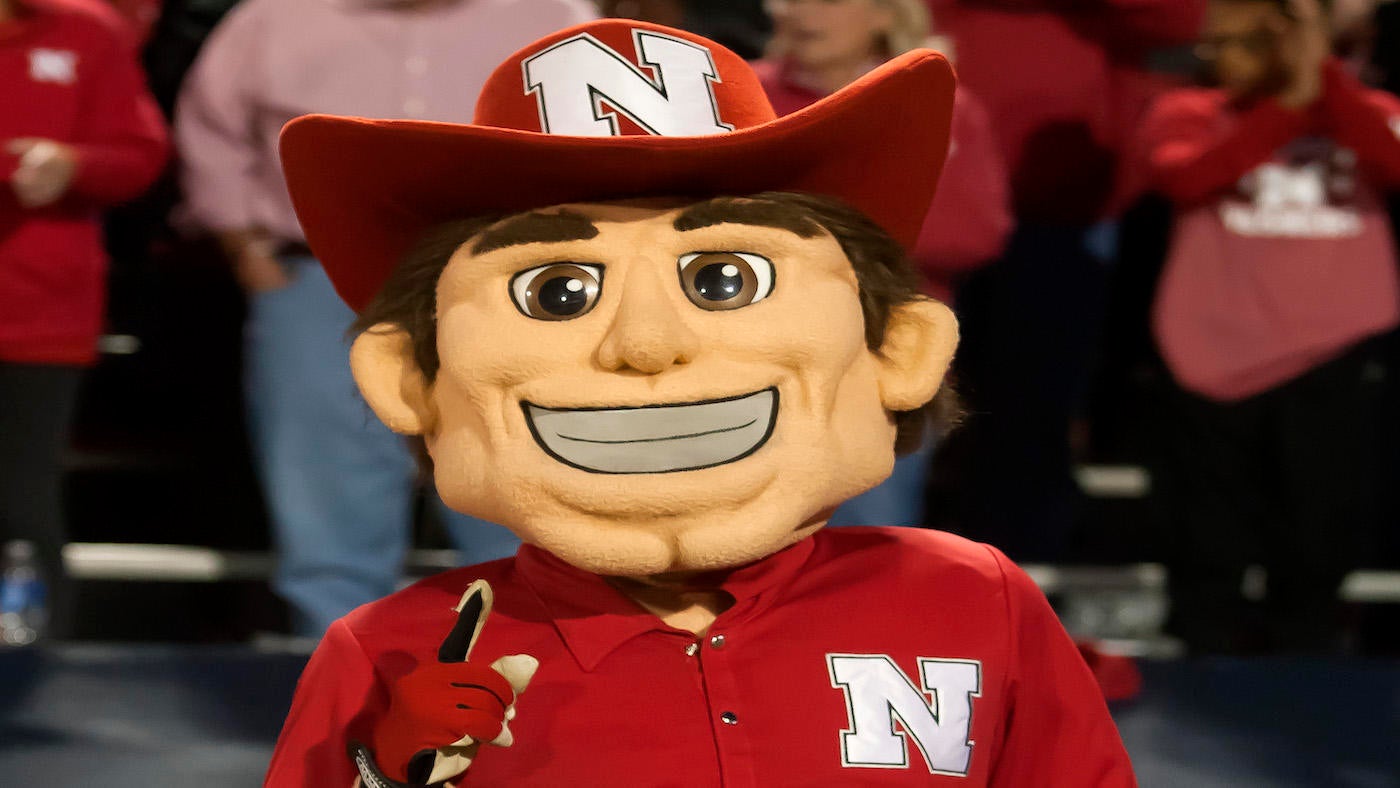This university cut tuition and rethought admissions to grow its student body.
Written by Lucky Wilson | KGTO Writer on September 4, 2022
ORONO, Maine — Chris Richards took in the scene around him and breathed a sigh of relief.
It was the first day of freshman orientation at the University of Maine, and students were arriving in droves.
For Richards, who as vice president of enrollment management is in charge of recruiting each new class, “this is kind of a celebration of the hard work we do.”
It’s been much harder work here than in many other places. With the highest median age of any state, Maine has seen an estimated 10 percent decline over the last 10 years in its number of new high school graduates — precisely the people Richards needs.
Yet the flagship university managed to increase its undergraduate enrollment during that period by about 5 percent.
UMaine has done this by breaking with long-standing attitudes through which higher education sometimes alienates rather than embraces prospective applicants, and by luring out-of-staters with in-state tuition prices.
Those costs are lower than in-state tuition at any other New England public flagship university — even after fees, room, board and other expenses are added in — at a time when President Joe Biden noted in announcing student loan forgiveness for some borrowers that the “ticket to a better life” provided by a higher education “has become too expensive.”
‘DEBT AND NO DEGREE’: Biden cancels as much as $20K in student loan debt: Recap
Now the enrollment crisis with which Maine has been contending for a decade has caught up with much of the rest of the country, forcing universities and colleges in other states to consider similar changes or risk empty classrooms and the financial repercussions that come with unfilled seats.
“I do think there are lessons to be learned from what’s going on in Maine right now,” said Jerome Lucido, executive director of the Center for Enrollment Research, Policy and Practice at the University of Southern California’s Rossier School of Education. “They’re taking care of their reality. The question is whether everybody else will do that.”
Maine’s reality hit home about a decade ago, when the supply of new high school graduates began to fall, even as it was continuing to rise in the rest of the country.
So stark has been this drop-off, especially in rural areas, said Richards, that “I can go to a high school and have nine people come to see me, and that’s the whole senior class and half the juniors.”
Since UMaine once got 80 percent of its students from within the state, according to university officials, this was a big problem. But it was tough to lure more out-of-staters to this leafy campus of red brick with white trim, so far north that a good-natured chant at hockey games includes the verse, “It might be 10 below under four feet of snow but no matter where we go, we love Orono.”
So the university reworked its financial aid to charge many applicants from out of state, at most, the equivalent of the tuition they would pay to attend the least expensive programs of their home-state flagship universities.
Billboards advertising the deal sprang up around New England. “Go to the University of Maine for the in-state cost of UMass,” said the ones in Massachusetts, for example. The proportion of students from out of state doubled, according to the university, boosting overall enrollment and bringing in revenue that helped keep tuition comparatively low.

“This is so much cheaper. Even the deposit was cheaper,” said Cinnamon Adams, who works as a public university administrator in Connecticut, and came to the freshman orientation with her daughter, Carissa.
Another change appeared to be equally important: enlisting everyone on campus, and not just admissions officers, in the job of recruiting students.
Since Orono, for many, is so hard to get to from there they live, the athletics department hosts prospective students at away games. The alumni association invites high school seniors to tour the campus during the spirited homecoming weekend — which, not coincidentally, usually occurs amid colorful peak fall foliage. Dining hall workers are even instructed to overlook the instances when visiting applicants misplace their meal vouchers.
It’s not just tuition and fees:College students are facing increasingly high rent prices, too
“So many institutions have relied on their admissions office. That model isn’t going to work any more,” said Richards.
“It doesn’t mean that [faculty and staff] have to go down to the admissions house and read abunch of applications,” he said. “It happens when you see a person walking on the campus and ask them if they need help finding something. People want that.”
And they notice.
At other universities she visited, said Em Jeffrey, an incoming UMaine freshman from New Hampshire, she felt like a number. “It’s not about, ‘We want to have you.’ It’s, ‘You would be lucky to get to come here.’ ”

By comparison, said Jeffrey, who plans to major in civil engineering, UMaine’s dean of engineering personally gave her a tour. It included a new engineering building that is part of an ambitious plan to double the number of engineering graduates from all Maine public universities and help fill a looming shortage in the state.
“I definitely felt more welcomed,” Jeffrey said. “None of it felt forced.”
That’s not a heavy lift in a state where strangers wave at passing cars and at a university where traditions include the omnipresent “Maine hello” with which students and alumni greet each other, and where students, faculty and staff volunteer each spring for a campus cleanup.
Those who work here get how important it is to their own jobs that students keep coming, Richards said. “A lot of this is about making people understand that enrollment is why universities exist.” But he said there’s also no denying the effectiveness of it. “If you’re an accepted student and the dean of engineering shows up to speak to you himself, that’s a big deal.”
Making the admissions process seem welcoming instead of intimidating and confusing is a surprisingly big culture shift in higher education.
“They’ve flipped the script,” Lucido said. At many other universities and colleges, he said, “the public understands college admission as something at which they probably won’t be successful,” persuaded by universities and colleges to think the odds are against them. Many never roll the dice.
There are some less enviable ways that UMaine has continued to attract students. It’s gotten less selective, for example, accepting 92 percent of applicants, up from 83 percent in 2014, the earliest year for which the figure is available from the U.S. Department of Education.
Despite this, the proportion of students who drop out — another problem that affects enrollment — is lower than the national average.
“Some students are going to come in not as prepared, and you have to be willing to spend the time to give them a high level of success,” said John Volin, executive vice president for academic affairs and provost.
Just as with recruiting them, keeping students from leaving involves everybody on the campus, Volin said. “If they get that sense of belonging, it’s very likely that students will remain enrolled,” he said.
Now administrators are bracing for what they say will be an even more challenging time: the next 15 years, when the number of new high school graduates in the state is projected to drop by yet another 7 percent. UMaine already is projecting a slight drop in the number of entering freshmen this fall, citing additional challenges caused by the pandemic.
Now, though, Maine is not alone. The number of new high school grads nationwide is forecast to fall by 5 percent in that next 15 years. Undergraduate enrollment has already plummeted by more than 9 percent nationally since the start of the pandemic, or by 1.4 million students, according to the National Student Clearinghouse Research Center.
“Unless you’re an elite college, you’re going to have enrollment problems,” Lucido said.
UMaine now has recruiters spending eight to 10 weeks a year in Florida, Texas and other markets with larger numbers of prospective applicants. It’s hired a Spanish-speaking admissions officer.
“I’m more concerned about the next wave, because you’re seeing the decline in our new fishing spots,” said Richards as the arriving freshmen prepared to file across the quad and through the open mouth of an inflatable black bear mascot to a picnic lunch. Universities elsewhere, he said, aren’t going “to just lie down and let us keep taking their kids.”
Maine has one advantage, after a decade of enrollment challenges, said Richards: understanding, from experience, how serious the problem is.
“The good thing for us,” he said, “is that our leadership hasn’t existed in a vacuum of false reality.”
This story about declining college and university enrollment was produced by The Hechinger Report, a nonprofit, independent news organization focused on inequality and innovation in education. Sign up for our higher education newsletter.
Source link





